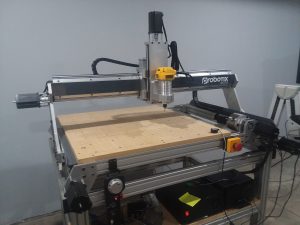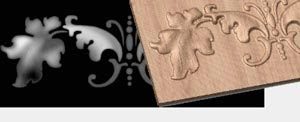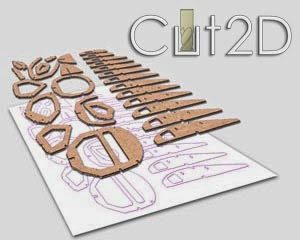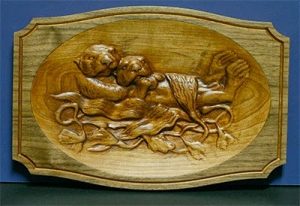There are generally three types of customers who buy our CNC machines. The first type just wants to have fun learning the technology. The second type already manufactures a product and needs a CNC machine to expand his business or make his processes more efficient. The final type is looking for a way to make money on the side or even create his or her own fulltime job. If you are the third type of customer, this blog post is for you.
The first step to making money with CNC is developing a proficiency with the technology. Through some effort and commitment to your craft, you’ll find operating the machine and designing parts will become like second nature. With everything there is a learning curve that depends on many factors, and you will need to hone your skills to efficiently produce your ideas before you can turn a profit. After you’ve developed some proficiency with CNC, you can develop a plan to bring in some money. There are two basic ways you can generate revenue: Develop and market your own products or enhance existing products and services.
Developing your own products
Start by thinking about what you are passionate about. You are much more likely to succeed and give your new venture sufficient effort if it is something that you truly care about and enjoy. Once you’ve made a short list of products that you enjoy or have a personal passion for, consider their marketability. Search the internet for what you want to produce. Is it listed for sale? If so, that’s a great indication that there are buyers out there who want it. Is everyone selling them? That’s a product to stay away from, unless you can specialize within that product group. For instance, if you are passionate about monogramed trinkets, go to www.etsy.com and search for the phrase and see how many results you get. If there already exists a lot of competition it might not be worth the endeavor. However, developing a specialized style or catering to a niche could make your product competitive.
Next, think about the manufacturability of your product and the capacity needed to be profitable. The great thing about PROBOTIX is that their low prices allow for a quick return on investment. With that said though, you need to make sure that the machine you select can cut the products in the required time frame. As you move up our product line, you not only increase the size of the pieces that you can cut, and the number of pieces that you can cut on the bed at one time. Align your production plans with capability.
Considering the channels through which you can sell your products is of equal importance. Hobby market CNC users sell their items in a multitude of arenas including:
- Online
- Trade Shows
- Craft Fairs
- Facebook Marketplace
- Brick n Mortar Gift Shops
Enhance existing products and services
What does it mean for you to enhance the products or services of existing businesses? It means finding a way to use your machine’s capabilities and your proficiency with running it to help other businesses improve their products or expand what they can offer to their customers. Businesses are always looking for ways to get better, make their products faster, and generate more revenue.
Brainstorm for a while about the kind of business that can be made better with your CNC services. These businesses are usually small, have “hand-worked” processes, and access to a lot of customers. “Mom and Pop” sign and print shops are a great place to pitch your services. They often don’t have the capability to produce custom engraved work for their customers. Many likely turn down customer requests because they just don’t have the capability in house or don’t even know who to call to have custom engraved pieces made. Some of these shops will even refer customers to you directly for no fee because they are happy to provide a solution to their customers and help another local business at the same time. Wedding venues are another great place to offer your services. These venues often provide a souvenir to their clients that commemorates the event. Also consider local furniture makers. These can be people selling porch swings at the local hardware store or dressers at the local farmer’s market. Explain to the craftsman that getting custom engravings or beautiful adornments, you will increase the demand for their furniture pieces.
Be clear with your newfound business partners about your timelines and restrictions. If this is a side hustle that you only tend on the weekends, they need to understand this so they can better tie your capabilities into their products and services. Be realistic with yourself about what you can accomplish. An order for 300 intricately engraved wood panels is great, but not something you can finish over one weekend. Your newfound business partners will appreciate your candor.
Wrapping it up
This is only scratching the surface of all the different ways you can earn and income with a PROBOTIX CNC machine. If you are making products for profit or for your own personal enjoyment I hope you will show off what you want to make on our projects forum. Contact one of our Application Engineers at 844-472-9262 or email support@probotix.com to help pick out the right machine for your product and design needs and start making money with your CNC machine today.
Leave us your comments. Let us know how you make money with your CNC machine.




 All three of these types of software programs will export g-code that can be run on any CNC router.
All three of these types of software programs will export g-code that can be run on any CNC router.